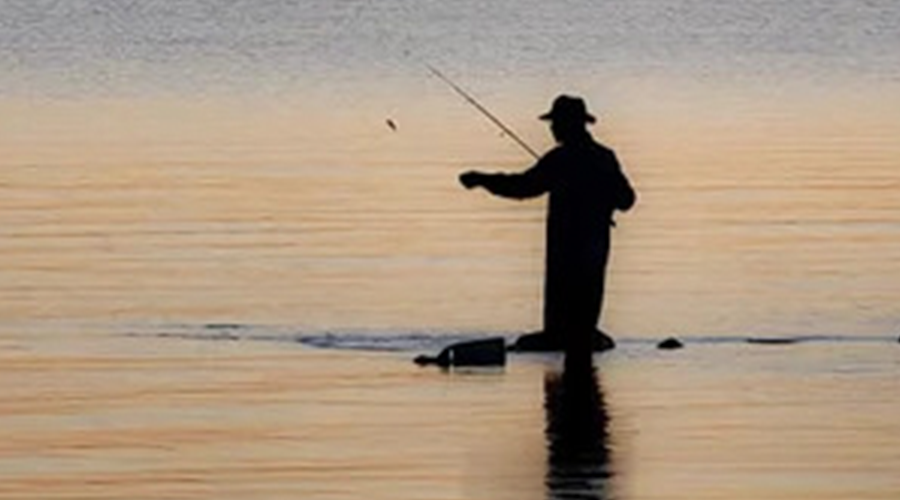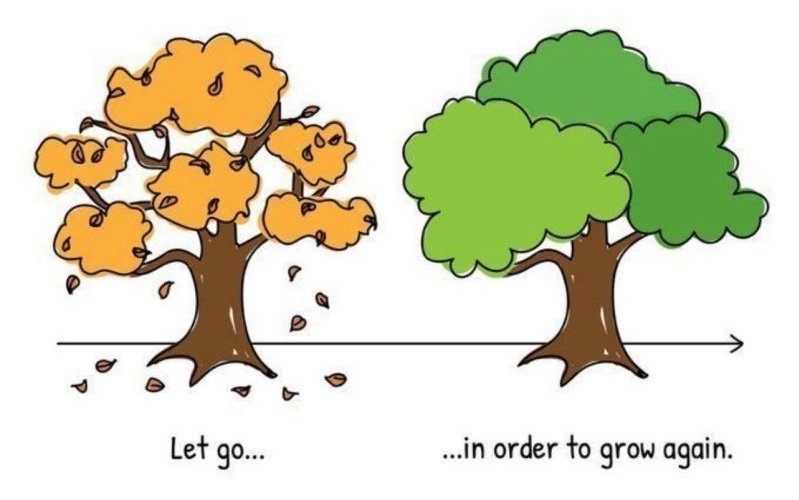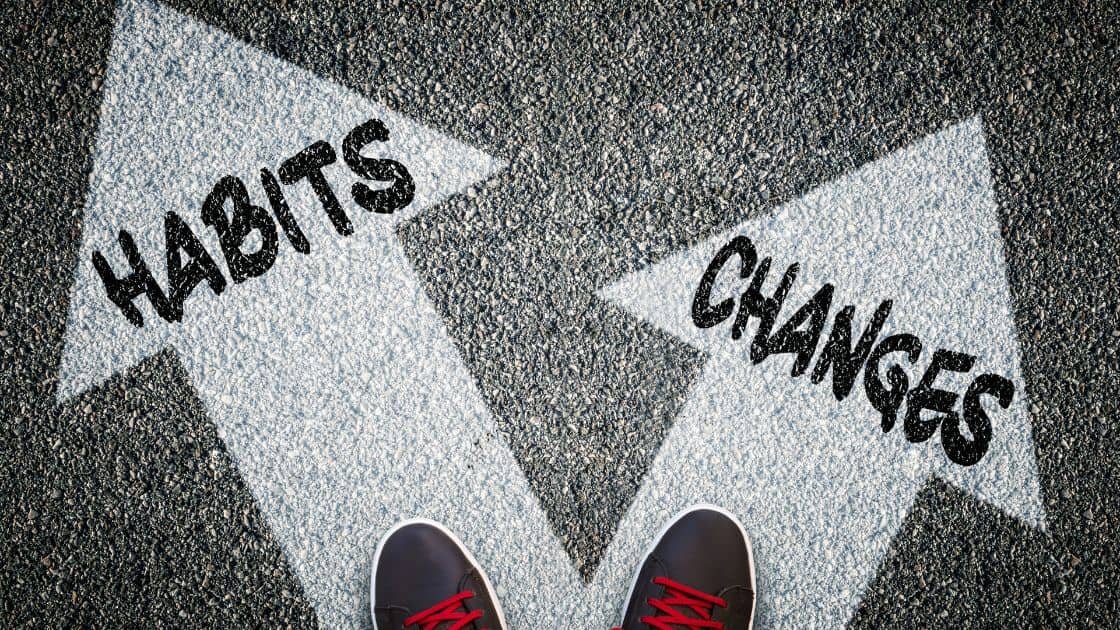In 2023, Rihanna turned a 13-minute Super Bowl performance into a $250 million windfall - all without earning a cent from the NFL or boosting album sales. How? Through one genius move that redefined the halftime show as a platform for brand storytelling. The Super Bowl, with over 113 million viewers, is one of the most-watched events globally. While the NFL covers production costs, it doesn’t pay performers, who typically use the stage to promote tours or albums. But Rihanna, who hadn’t performed live in seven years and had no new music to promote, saw an untapped opportunity: the halftime show as the world’s most valuable advertising slot.
Mid-performance, she casually used Fenty Beauty’s Invisimatte Blotting Powder compact, a seemingly spontaneous moment that exploded across social media and news outlets. But this was no coincidence. Fenty Beauty had launched new products just days earlier, and Rihanna’s on-stage touch-up drove massive online searches, leading consumers straight to fresh offerings. This strategy aligned perfectly with Fenty’s inclusive ethos, appealing to the Super Bowl’s diverse audience. As a trailblazing Black entrepreneur owning 50% of a $2.8 billion beauty empire, Rihanna’s performance embodied Fenty’s values. The results were extraordinary: Google Trends reported a spike in searches for Fenty Beauty, and analysts estimated $250 million in sales in the months following.
Rihanna’s visionary approach showcased the power of authentic brand building, proving the future of music isn’t just about streaming - it’s about fostering human connection through shared experiences. I think her halftime show wasn’t just entertainment; it was a masterclass in leveraging culture to drive commerce.





















